I want to take this opportunity to present a few scenarios which win rate can potentially lead us to wrong or sub-optimal conclusions. While win rate can be a useful statistic, it should not always be taken at face value; we as players should apply a reasonable amount of critical thinking while looking at numbers.
Annie: Mid or Support?
Let’s first examine Annie as an easy initial example. Many LoL statistics websites list Annie to have around 52-53% win rate overall. My data which contains ~35k Annie Platinum-level games on Patch 5.4 suggests that Annie has a win rate of 53.2%. Looking at this win rate in a vacuum may place her in a somewhat above-average position – but this simple analysis fails to take into account of Annie’s ability of playing in different lanes with different styles. The reality of the matter is that mid lane Annie seems to massively outperform support Annie. Using the same data I have, mid lane Annie wins 55.9% of the games while support Annie only wins 48.4% of the time. Her overall win rate seems low because more than a third of her games are still played as a support. While I don’t doubt the power of support Annie in competitive play, maybe it’s time to reconsider playing Annie as support in solo queue.
 Here Comes the Challenger
Here Comes the Challenger
Many players in the community seem to pay a lot of attention to aggregated statistics for highly ranked (e.g. challenger) players. For example, using my data, Graves was winning 53% of the time for Challenger players on NA on Patch 5.4. Does this suggest an above-average (i.e. above 50%) win rate for Graves for Challenger players? I believe the answer is no. The fact of the matter is, Challenger (and to a lesser extent, Master) players simply win more than 50% of the time on average. Despite the matchmaking algorithm trying to make every player win 50% of the time eventually, Challenger players win around 55% of the time on the NA server on Patch 5.4. All of a sudden the 53% win rate for Graves doesn’t look so great – since it’s below the average win rate for Challenger players. Challenger players win more probably due to two reasons. First of all, Challenger players don’t always play against other Challenger players. Sometimes the matchmaking algorithm gives up and gives Challenger players Diamond/Master level opponents, who are (presumably) swiftly destroyed. Secondly, perhaps these Challenger players are simply outliers and their outstanding skill cannot be accurately measured by the conventional MMR system which is designed for the rest of the player base. After all, out of 1.6 million players on NA with ranked records in Season 4, only 200 of them were Challenger players (roughly 0.0125% of the player base). Side note: when I compile data, I avoid aggregations based on, say, Platinum players; instead I look at Platinum-level games, which I define to be a game which 6 or more players are Platinum. Doing so minimizes the bias of high ranking players winning more games. I suspect some websites such as lolking use more complex methods derived from their LoLKing Score; but such technology is out of reach for the rest of us since it would probably be difficult to convince lolking to provide a database dump of their data.
You Are Not A Challenger Player
Look. You are not a Challenger player. You are probably not even a Diamond+ player. So why are you so interested in how often a champion wins on a level so much above your own? The issue here is that some champions do win more at the higher or lower spectrum of player rankings (after taking into account of the issue above). I will provide two examples with Amumu and Shaco. Using my data, Amumu seems to be winning 55% of the time in Bronze-level games. As players move up in ranking, his win rate decreases – in Diamond-level games he seems to win only around 47% of the time. This is a huge difference since 55% is widely considered “OP” while 47% is considered weak. Shaco shows the opposite trend. In Bronze-level games Shaco wins around 50% of the time; in Diamond it’s 54%. Maybe higher level players are more effective at unleashing Shaco’s potential, or higher level players are better at playing with a Shaco on their team, or perhaps Shaco’s playstyle is simply more effective for higher ranked games.  The point being, for many champions there are huge discrepancies in their win rates depending on the skill levels of the players. Instead of looking at win rates for Diamond+, just look at the win rates for your own skill level.
The point being, for many champions there are huge discrepancies in their win rates depending on the skill levels of the players. Instead of looking at win rates for Diamond+, just look at the win rates for your own skill level.
Counterpicks and the “Meta”
This is a topic that is worthy of multiple articles by itself, but I will gloss over it for now. Imagine a scenario which Champion A is very good against Champion B but very bad against Champion C. Then the overall performance/win rate of Champion A will depend on the popularity of Champion B and C to a certain extent. In a sense, Champion A may be strong against the “meta” in which Champion B is popular. My personal opinion on the matter is that a champion that is strong against the “meta” is still strong, so looking at win rate is still useful in this scenario. But we should also keep in mind just because Katarina has nearly 54% win rate overall does not mean that she is strong in every single scenario. For example, she seems to be routinely crushed by Malzahar in games, only manage to win around 45% in such matchups. The point being, we should look at the game organically and consider other factors like team composition and counterpicks when appropriate. I only have a small amount of data to back me up on this, but I believe that lower ranked players will more often pick into bad matchups (such as picking Katarina into Malzahar) than higher ranked players – presumably due to lack of understanding of the game. This will be spelled out in more details in a future article once I collect more data.
What Does Riot Think Regarding Win Rate?
Now that I’ve shown you some pointers on how to look at win rate in a more critical manner, a good question to ask is whether or not aggregated win rates from millions of players mean anything at all. And perhaps more importantly, what does Riot think regarding win rate, considering they have all the data available at their fingertips and they have been hiring well-trained statisticians and computer scientists to study the data for many years? On one hand, Riot Solcrushed’s AMA seem to suggest that Riot does look at win rate at least as a preliminary step; but judging from this post by Riot Jag, Riot (unsurprisingly) has many tools available and win rate is definitely not the sole factor for making balance decisions. The data used for this article are retrieved using the Riot API.


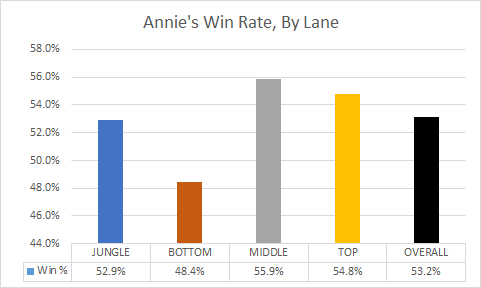
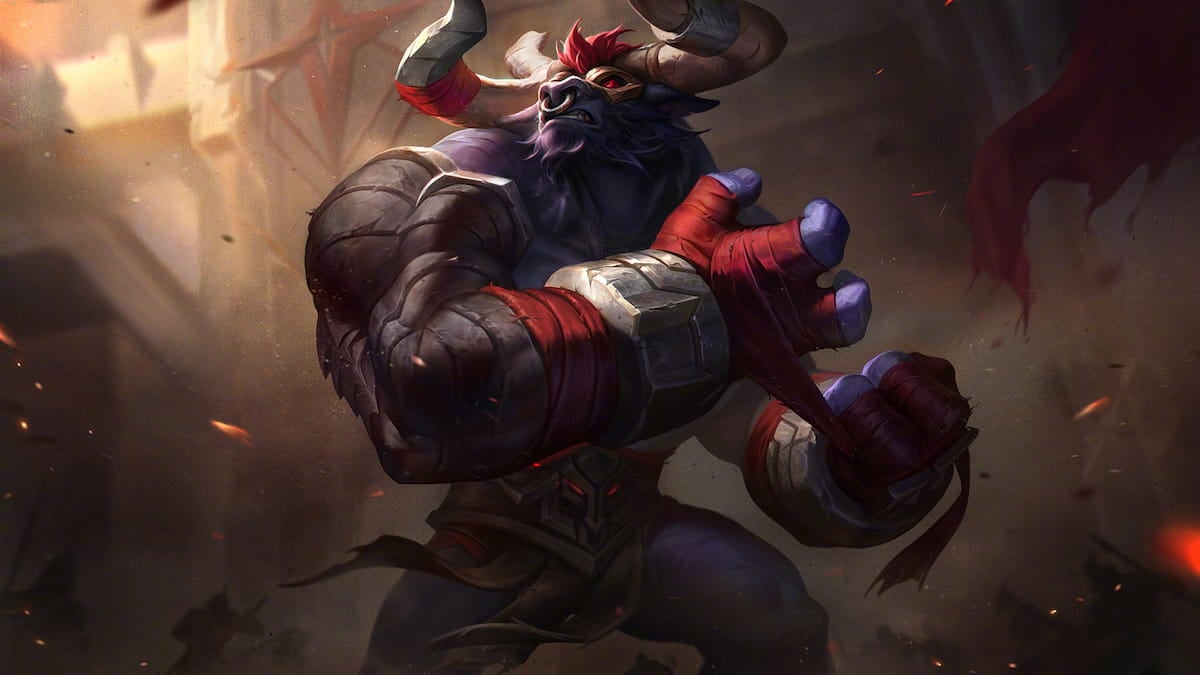



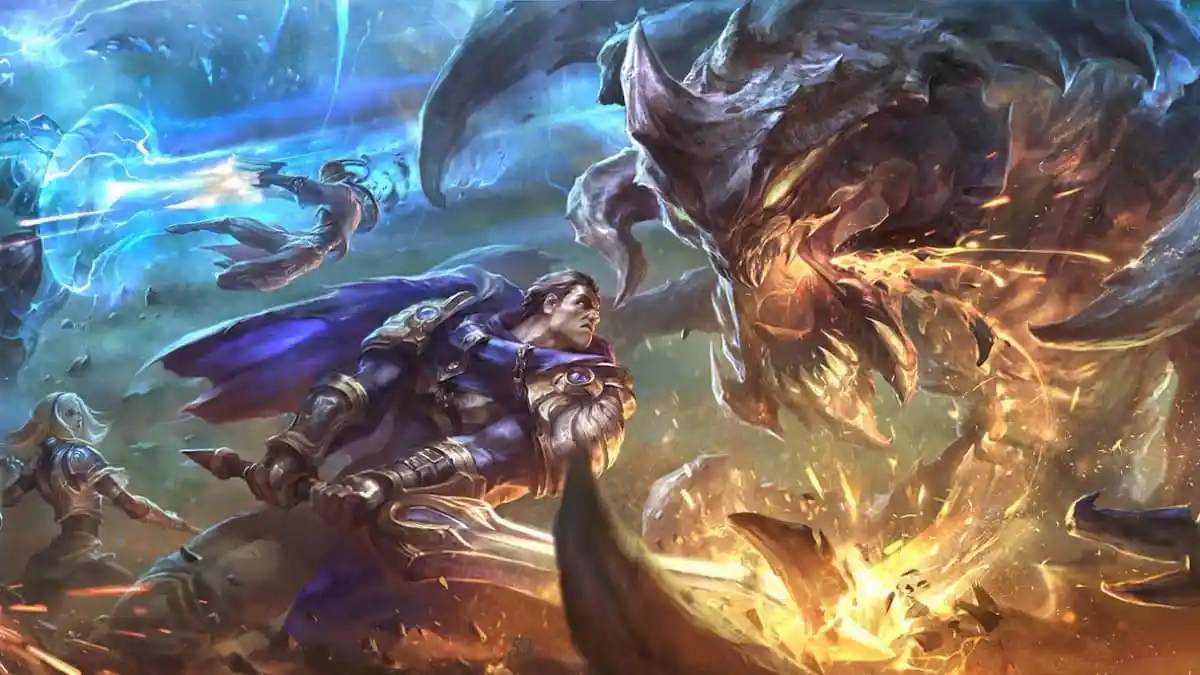

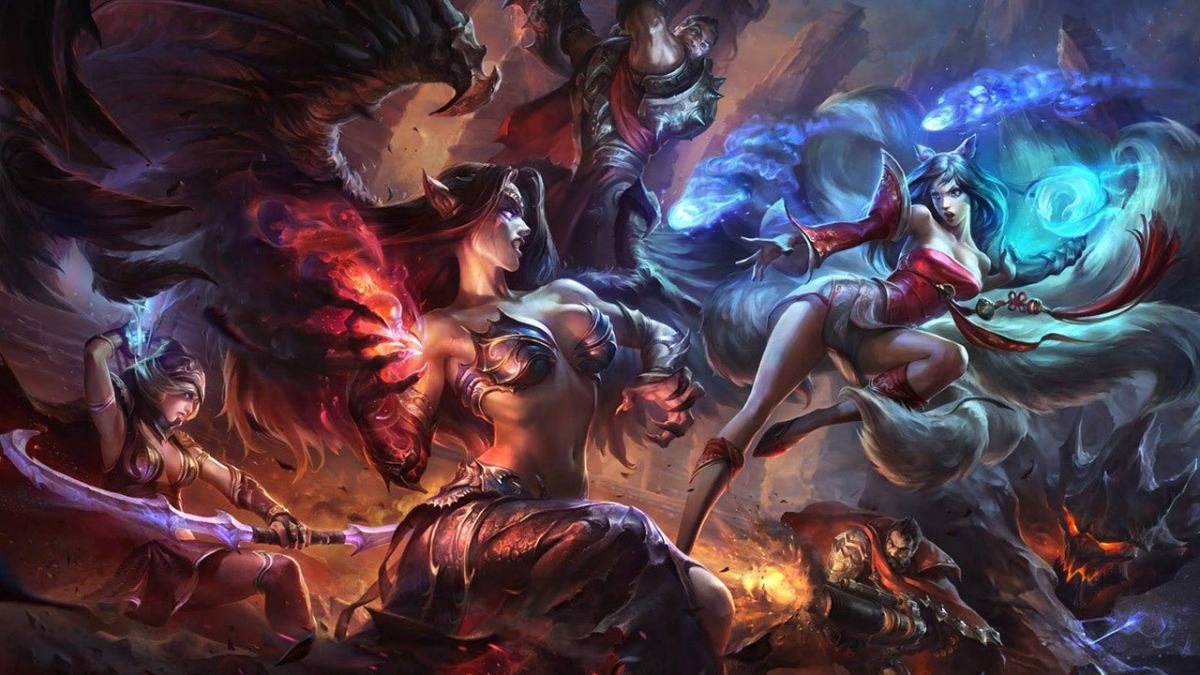
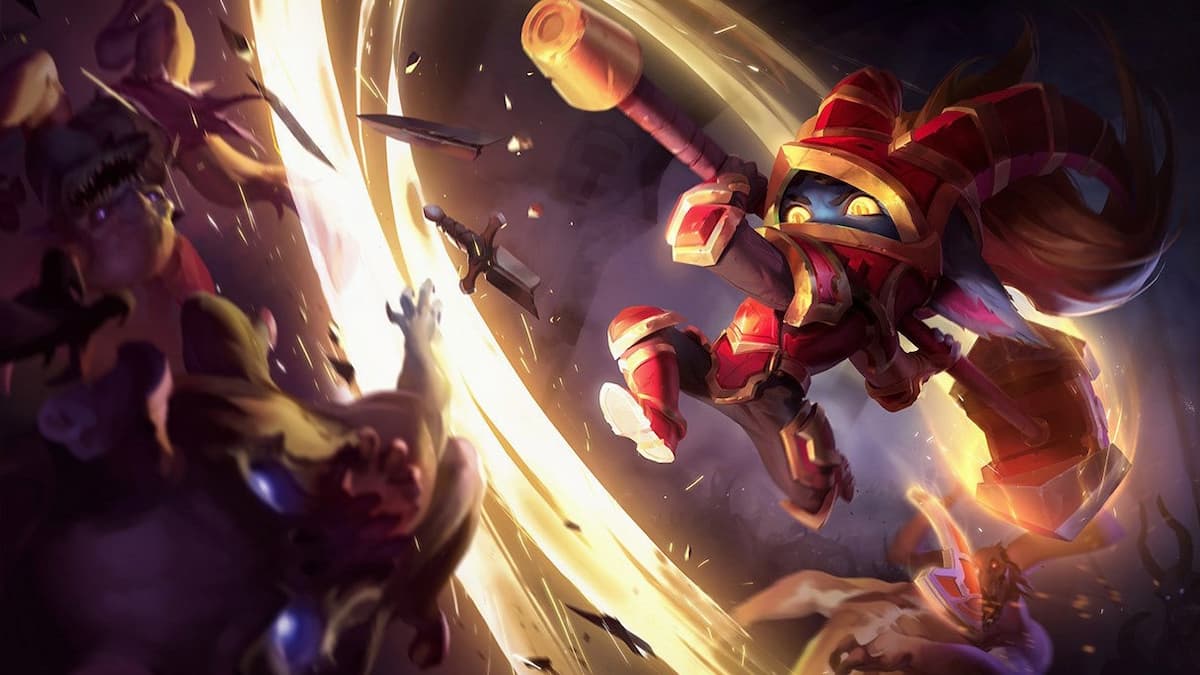
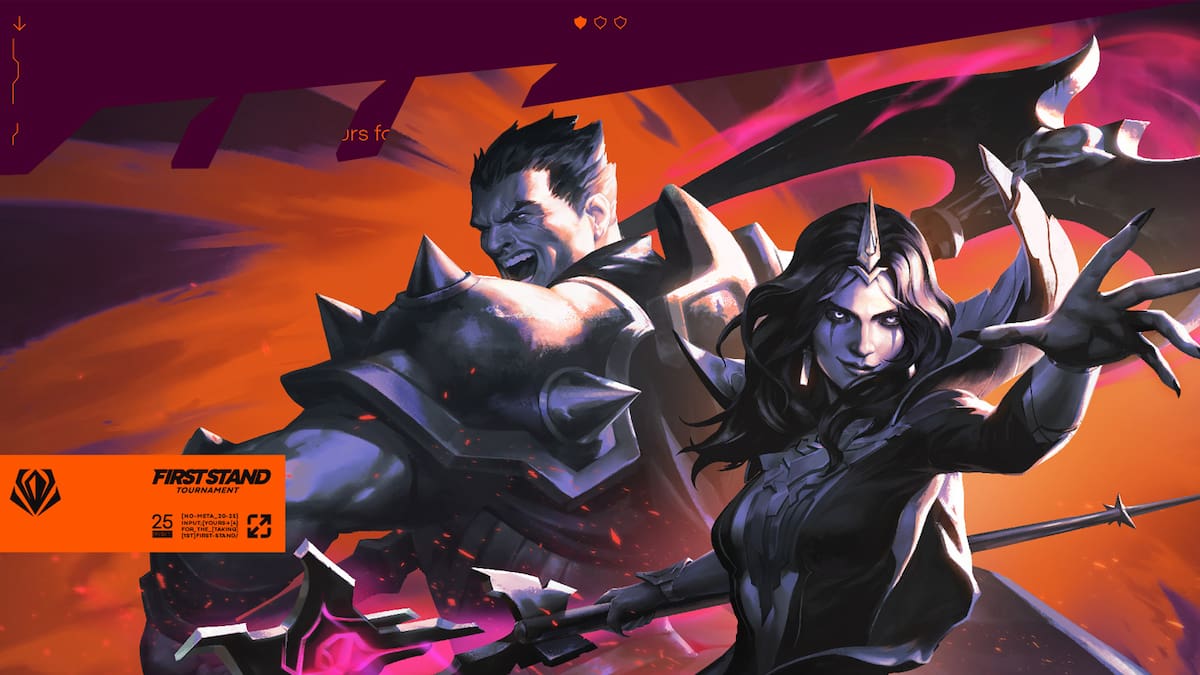

Published: Mar 15, 2015 5:38 PM UTC